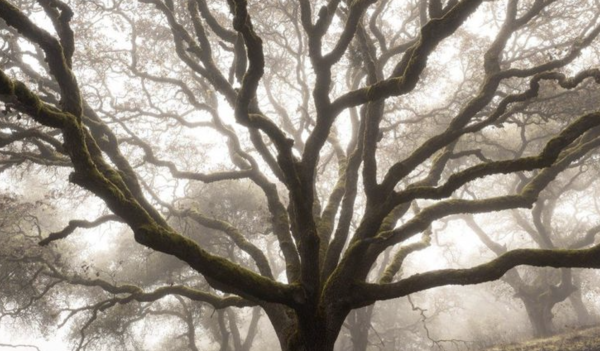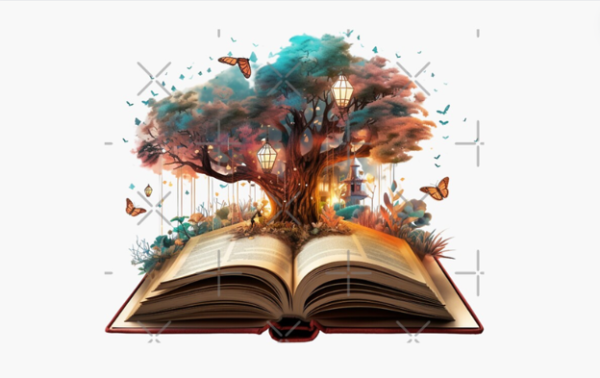If Trees Could Talk…
single huge oak tree in canola field in sunlight
“Ancient trees are precious. There is little else on Earth that plays host to such a rich community of life within a single living organism.” – Sir David Attenborough
From the alluringly elusive dryads of Greek and Roman mythology to the grandfatherly, moss-bearded figures of J.R.R. Tolkien’s Ents who serve as the lumbering guardians of the forests, trees have long been regarded as important symbols of wisdom and other-worldly serenity within human culture. With old gnarly roots, age-knotted bark and time-twisted branches, they have witnessed centuries of human development as mere blinks of time within their ancient memory, and carry with them a sense of silent steadfastness. Indeed, it is our enduring fascination with their perceived watchfulness over the world that has given rise to some all-important questions surrounding their existence: can trees “talk”, and if so, what stories would their ancient bark tell?
Whilst the answers to these questions may seemingly belong to the realm of mythology, recent developments in our scientific understanding of the complex biochemical processes and relationships that underlie their existence have in fact proven that trees have an innate ability to communicate with one another. This communication, which is being studied by ecologists such as Suzanne Simmard from the University of British Columbia, takes place via interconnected root systems known as ‘mycorrhizal networks’. Serving as channels through which vital nutrients and sugars can be transported between trees, including those of different species, these networks are not only important components of any forest ecosystem, but also provide direct lines of communication for spreading important messages.
When facing threats such as insect infestations, trees are able to release chemical or electrical signals through their root systems which alert nearby trees of the potential danger, thereby serving as warning messages. Similarly, trees are able to spread certain messages by releasing airborne chemical substances known as pheromones into the air. An example of this can be found in the savannah ecosystems of countries like South Africa, where giraffes regularly feed on the leaves of acacia trees. By releasing a type of pheromone when their leaves are eaten, these trees effectively send a warning message to neighbouring acacias to respond to the threat by producing tannins in their leaves. These bitter chemical compounds are able to deter giraffes from eating the acacias’ vital photosynthesising leaves.
This type of chemical defence is not unique to acacia, however, as tree species targeted by leaf cutter ants (which are driven by a need to feed their own food source – a type of fungus) in the rainforests of Costa Rica employ a very similar protective strategy. As highlighted by a recent documentary series narrated by Sir David Attenborough, ‘The Green Planet’, when trees begin to lose their leaves as a result of the workmanship of these ants, they also begin to produce toxic chemicals. In doing so, the trees are able to poison the ants’ food source and protect themselves against further harvesting.
These revelations about the ways in which trees are able to communicate, whilst certainly providing an excellent insight into some of the secrets of the natural world, have resulted in a debate surrounding the characterisation of such important findings. Whilst some ecologists prefer to humanize the activities of trees in an attempt to encourage a greater interest in their ‘hidden lives’, others stress the importance of maintaining a strictly logical evaluation of their significance. By painting trees’ ability to release chemical signals in response to threats as intentional warnings, some scientists argue that trees could be viewed as having conscious thoughts – a claim which has no scientific footing. In contrast, the fact that their communication offers an opportunity for us to better relate to these silent, steadfast observers could serve as even stronger motivation for our protection of them against the current climate crisis.
Whether you prefer to focus on the scientific significance of these discoveries or choose to hold a more metaphorical interpretation of what they reveal about the hidden lives of trees, there is one conclusion that can be made for certain: trees really are precious.
Sources and Recommended Reading:
https://www.smithsonianmag.com/science-nature/the-whispering-trees-180968084/
https://www.nytimes.com/interactive/2020/12/02/magazine/tree-communication-mycorrhiza.html
https://www.bbcearth.com/shows/the-green-planet













